Experts reveal 'wall mopping' is the high-risk, high-reward method you need to know for cleaning painted walls
Have you tried it?
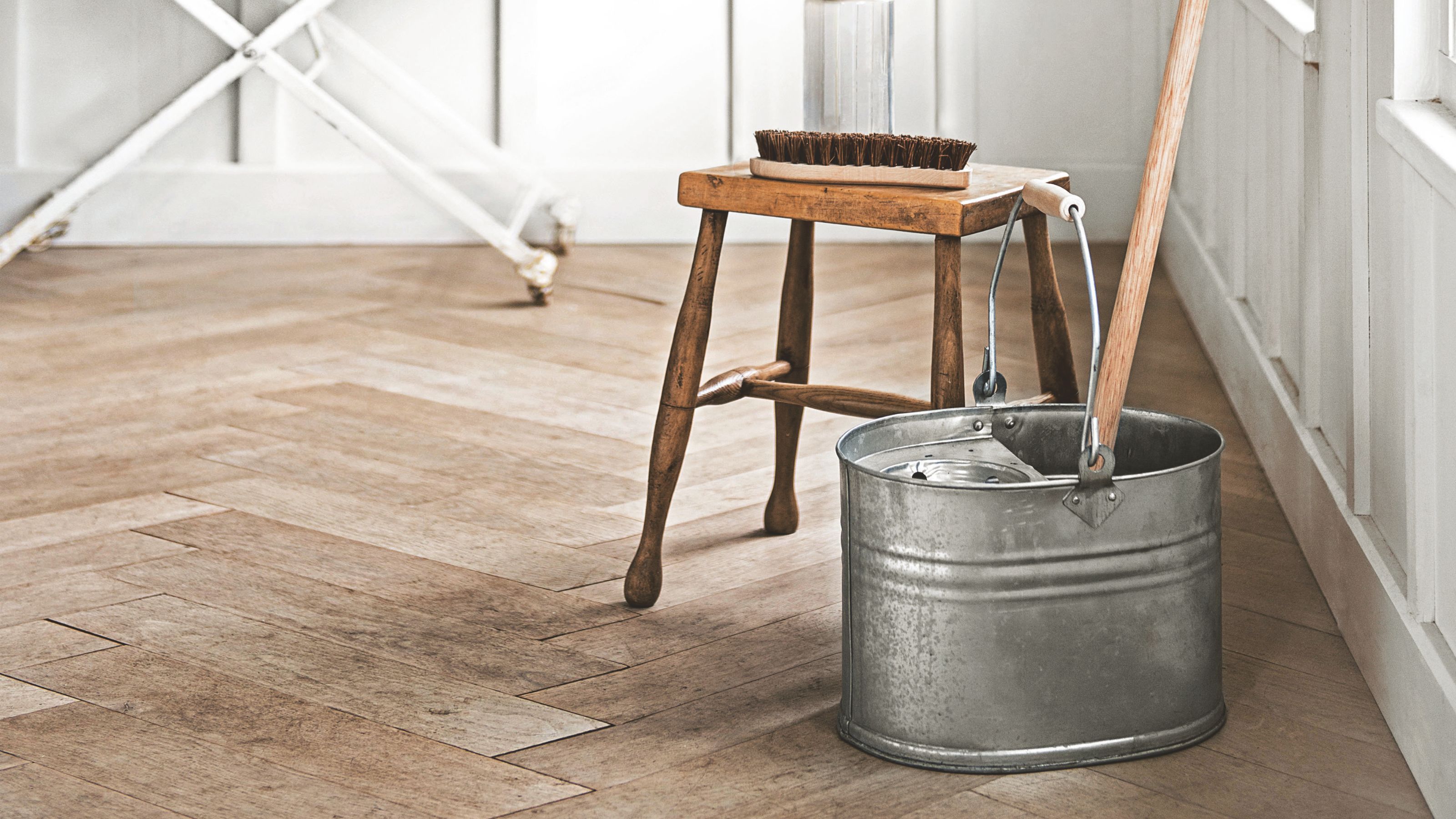

If your painted walls look scuffed and a little worse for wear, welcome to the club! But if you, like me, have fallen down the CleanTok rabbit hole of watching cleaning influencers use a tool typically used for floors on their walls, you might wonder: Is it safe to clean painted walls with a mop?
As someone who has recently tested over 15 of the best mops on the market (yes, this really is my job), I know that mops are way more versatile than they seem. While I use mine to clean my laminate floors, I’ve also used it to clean my windows and outdoor dining table. But I’ve always been wary of using a mop to clean walls without removing the paint.
Of course, I may be scarred from the constant build-up of extra moisture and mould in my Victorian house, but adding water to painted walls seems like a recipe for disaster in my eyes. But I also need an effective solution for my dirty walls, so I asked experts whether it’s actually safe to clean painted walls with a mop - and I was pleasantly surprised by the results.
Can you clean painted walls with a mop?
While I swear by these Flash Ultra Power Magic Eraser Sponges from Amazon for targeted wall cleaning, I’d need about 100 to clean every inch of every wall in my home. So, I do understand the appeal of 'wall mopping', as you can cover a large area in a short amount of time - and with minimal effort or reaching required.
In fact, Clare Bolland, cleaning expert at Vileda, says that a mop is one of the best ways to get rid of dust on your walls. But she actually suggests using a dry mop for this. ‘Make sure your mop head is clean and use vertical strokes when cleaning the wall, as this technique will help you collect the maximum amount of dust possible,’ she explains.
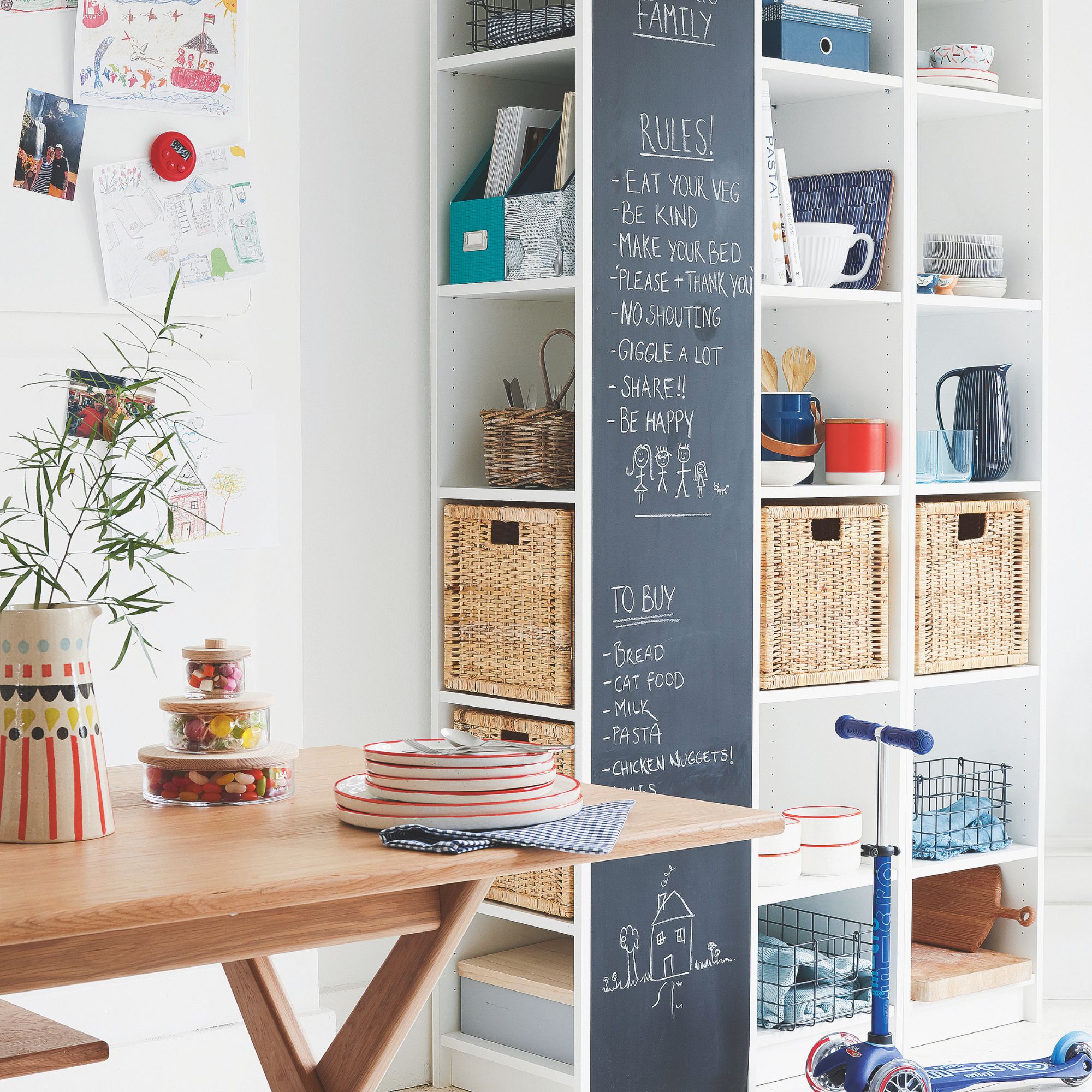
But what about a damp mop for a deeper clean? Well, wall mopping has the potential to be the ultimate high-risk, high-reward wall cleaning method for your walls.
Sophie Smith at Zhoosh Paints says, ‘We would usually recommend using a sponge, but a mop is perfect on your landing, or up the stairs, where it can be tricky to reach the higher spots. As long as the mop is fresh and clean!’
Get the Ideal Home Newsletter
Sign up to our newsletter for style and decor inspiration, house makeovers, project advice and more.
However, you have to be careful when cleaning painted walls with a mop, as you want to avoid creating any paint problems that aren’t easily rectified, like bubbling or flaking. Many of these problems come from using too much liquid when cleaning.
Sam Tamlyn, Interior Expert and Managing Director of Shutterly Fabulous, explains, ‘Too much water can seep into the paint and underlying wall material, which can cause damage and increase moisture. This can lead to mould and mildew, especially in areas with poor ventilation, and will not only damage the walls but pose health risks if mould and mildew are left untreated.’
Because of this, you need to be careful when wall mopping. You need to strike a balance between using enough water and washing up liquid solution without getting the mop too wet. Ideally, you should use a spin or spray mop to control the amount of moisture you’re using during this cleaning process.
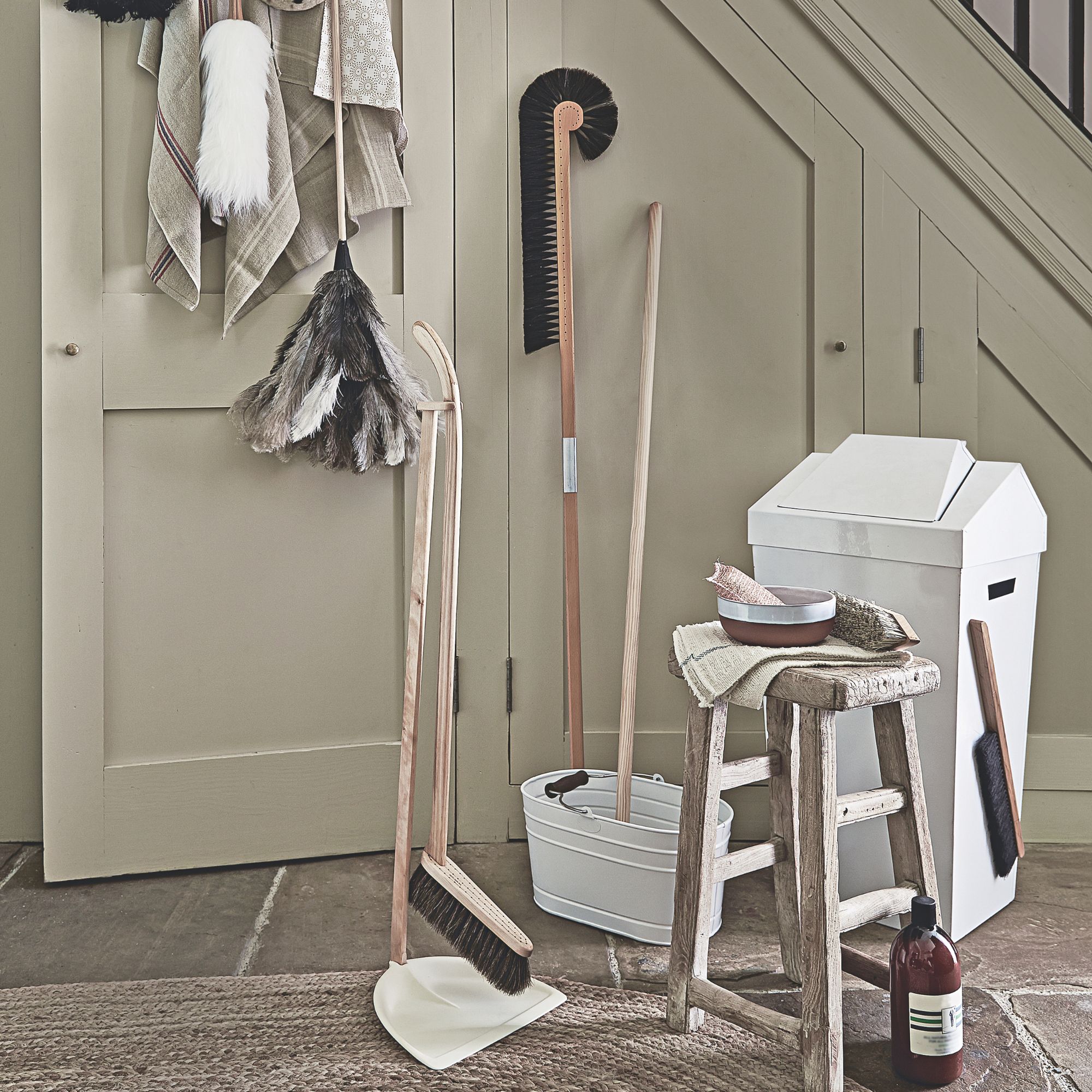
It should go without saying that you shouldn’t use one of the best steam mops for this task, either. Emma Bestley, Creative Director and Co-Founder of YesColours, warns, ‘We strongly recommend that homeowners avoid this, as the heat and moisture can damage the paint. If you want to clean your walls with a mop, using a traditional mop and bucket with a diluted cleaning solution, such as mild dish soap, is a much safer option.’
And with your traditional mop in tow, you can mop your painted walls down from the ceiling to the floor so you’re not wiping the dirt back up the walls. If you can, finish by grabbing a clean lint-free cloth (I swear by these SEEP Eco All Purpose Bamboo Cloths from Amazon) and pat the wall dry so you don’t leave any lingering moisture on there.
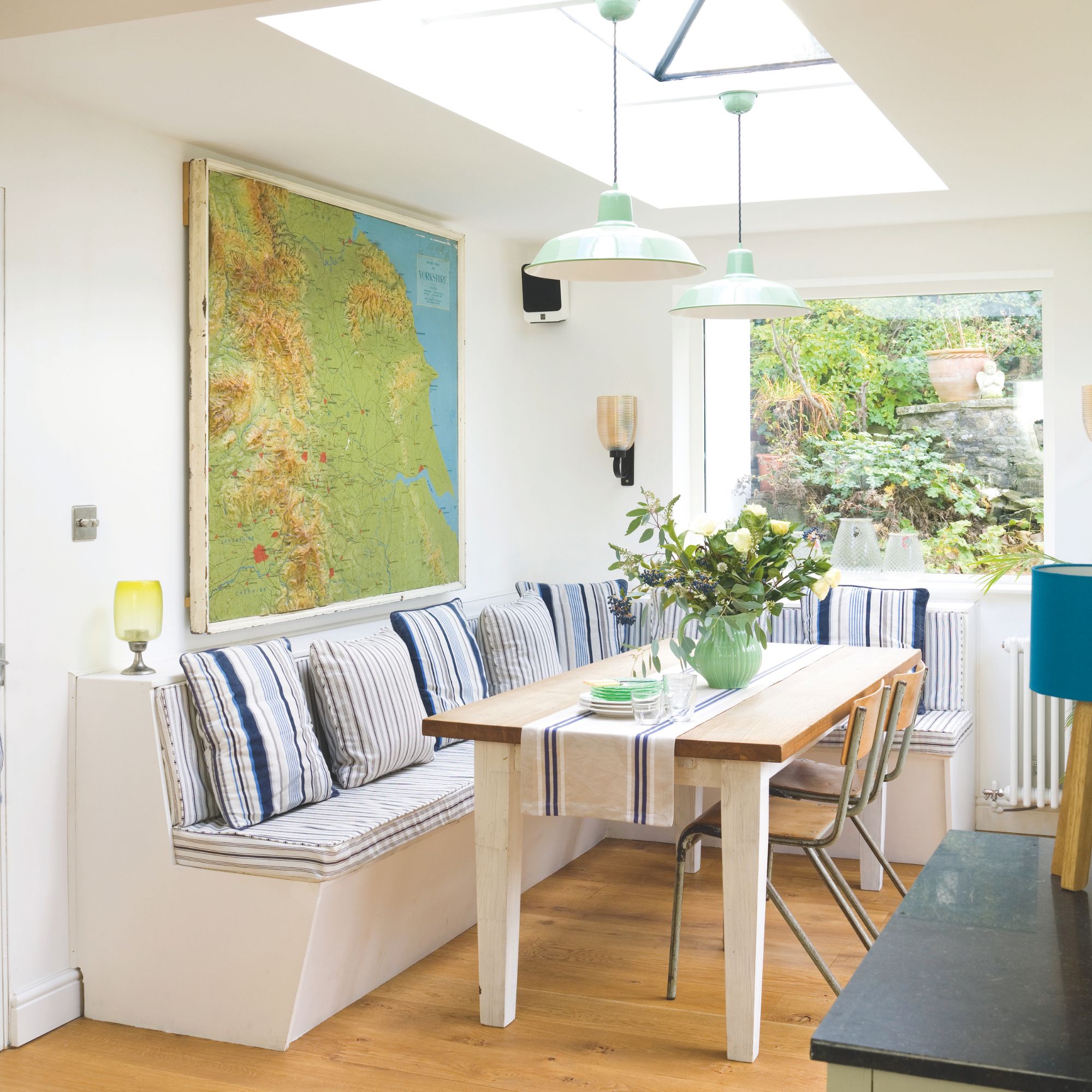
Another method Sam suggests is ‘making sure that the room is well-ventilated by opening windows to allow the fresh circulation of air as well as sunlight to seep into rooms, which will ensure that walls dry quickly and completely reduces the risk of any mould or mildew growth.’
If you’re not confident you have the tools or the ability to clean painted walls with a mop without controlling the moisture, though, it’s probably best you don’t try it.
The best mops for wall mopping
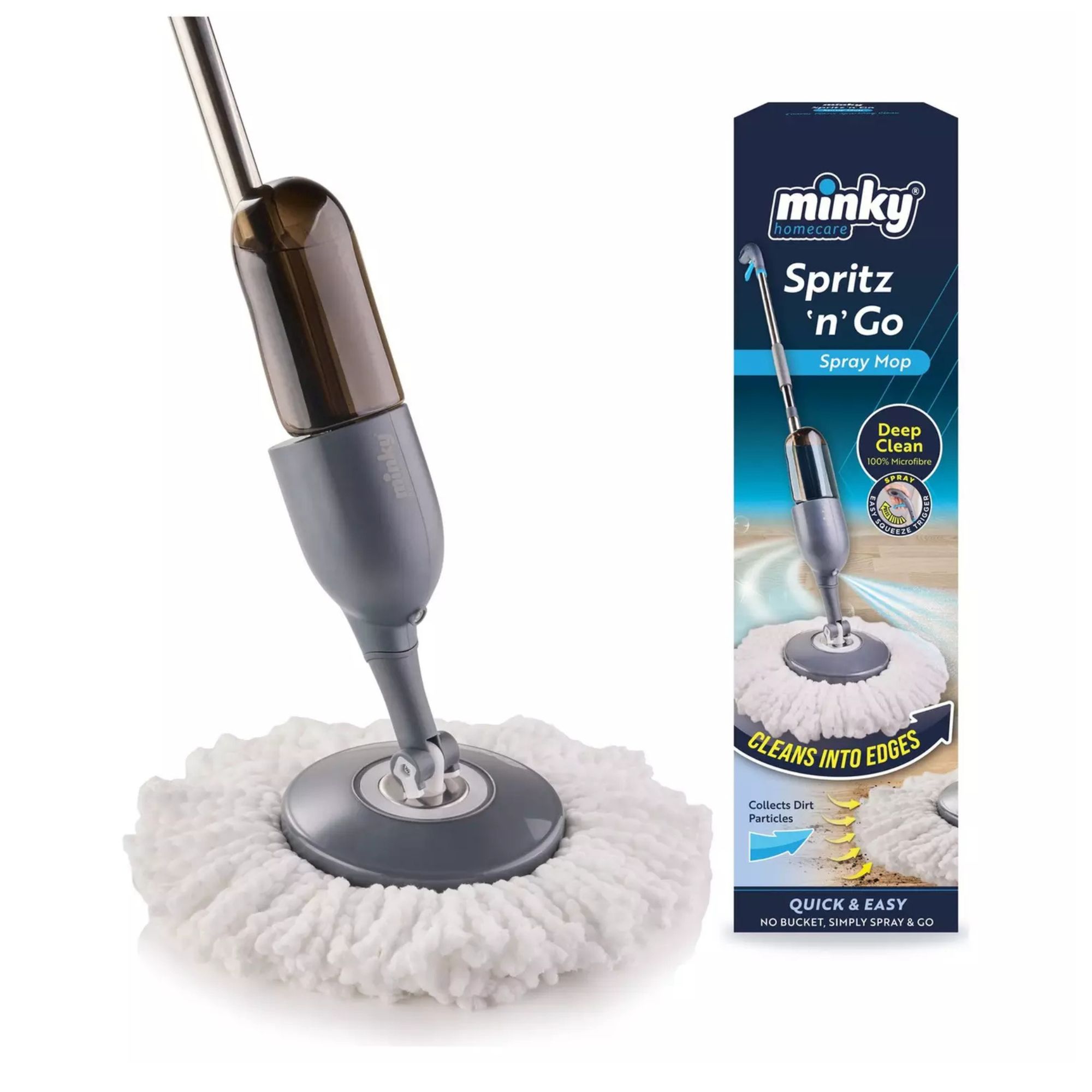
Combining a traditional mop with a spray mop, this Minky offering is perfect for cleaning painted walls. You can fill the bottle with your cleaning solution and then control how damp the mop head becomes.
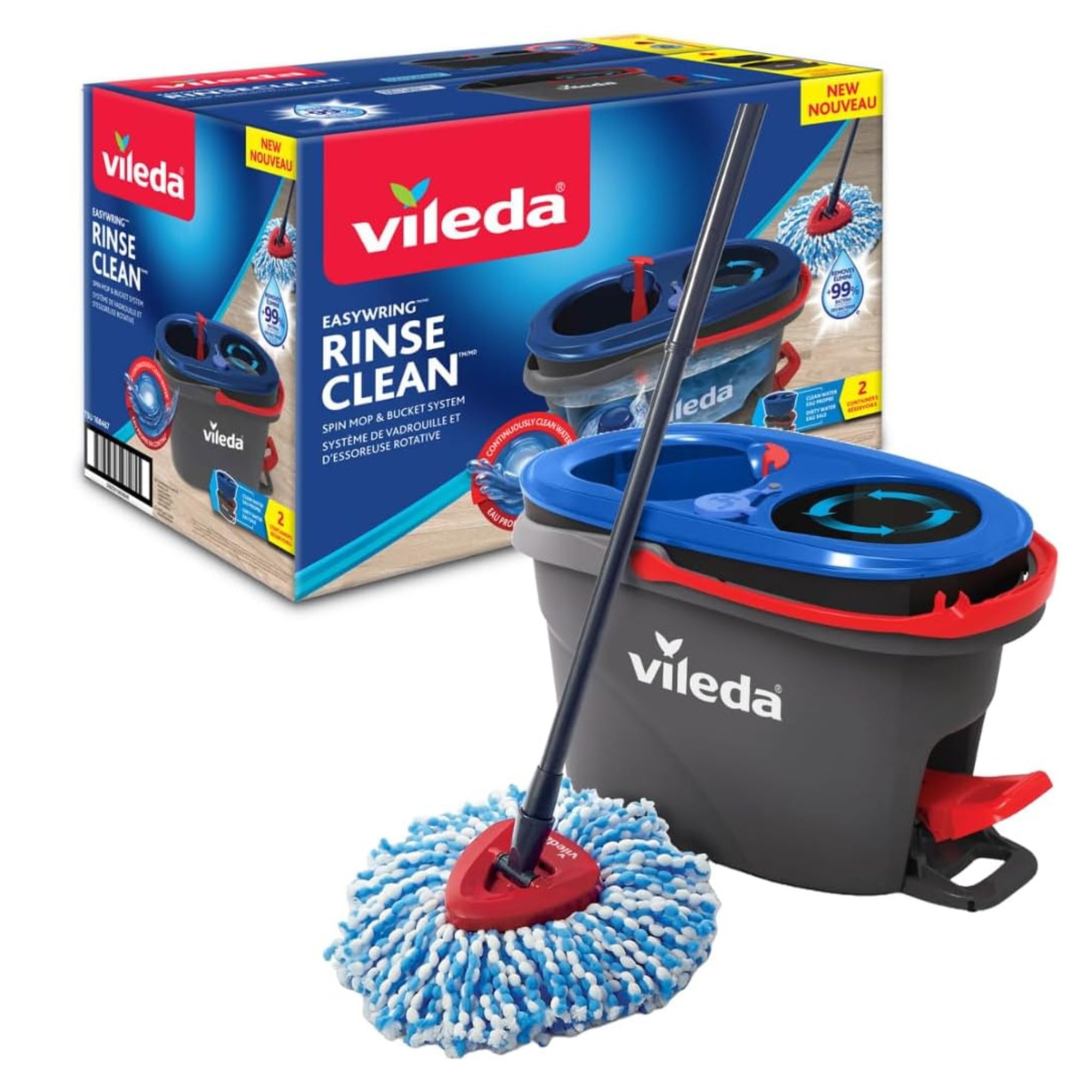
I can vouch that this new Vileda mop is their best yet. Featuring dual-chamber bucket technology and a foot-pedal-operated wringer, you can ensure you're only using the right amount of clean water to mop your walls.
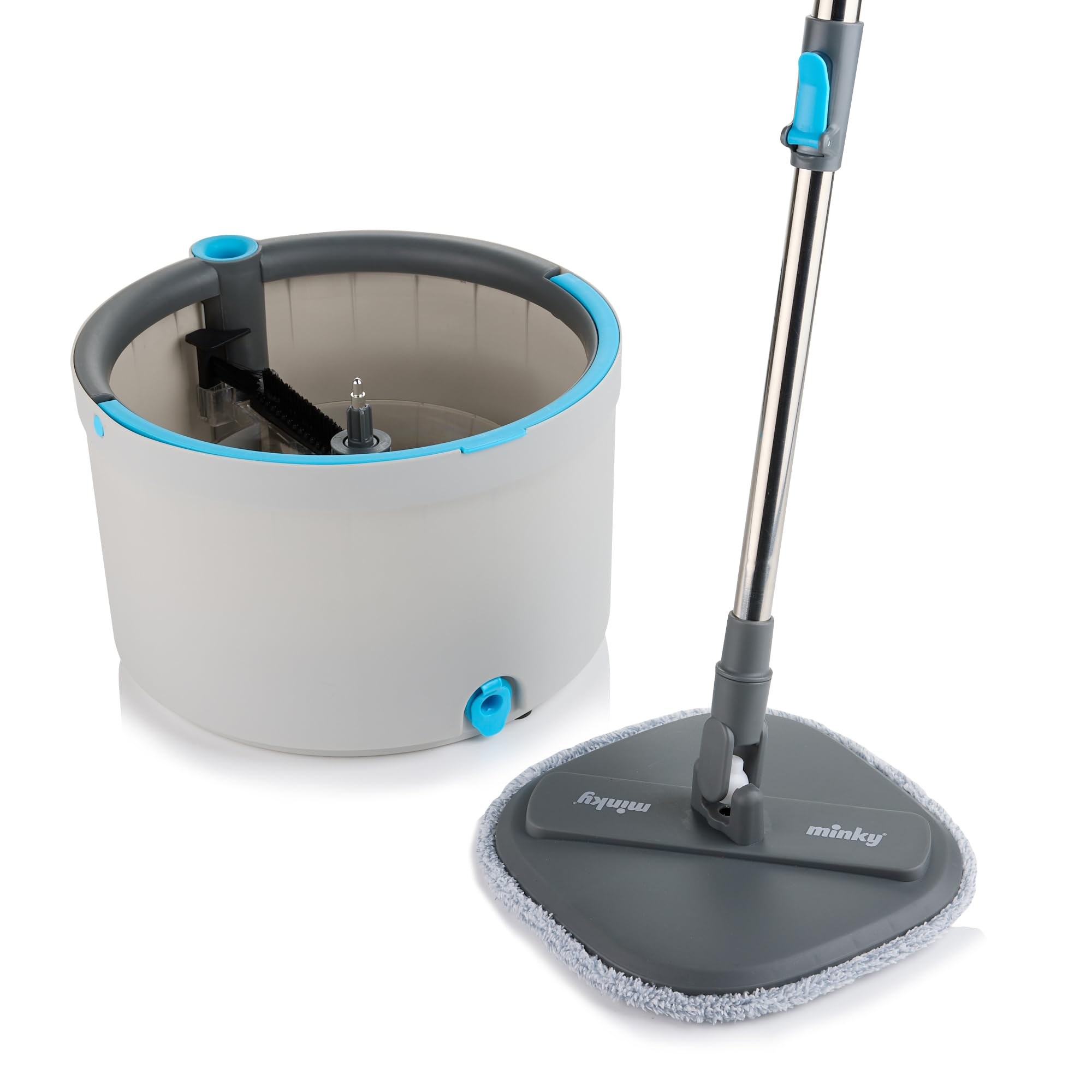
Also offering a dual-chamber bucket, this mop comes with scrubbing bristles to remove dirt from your mop when cleaning your painted walls. So, your mop head will stay cleaner for longer while you get the job done.
So, will you be giving wall mopping a whirl? Let me know how you get on in the comments!

Lauren Bradbury has been the Content Editor for the House Manual section since January 2025 but worked with the team as a freelancer for a year and a half before that. She graduated with a Bachelor’s degree in English and Creative Writing from the University of Chichester in 2016. Then, she dipped her toe into the world of content writing, primarily focusing on home content. After years of agency work, she decided to take the plunge and become a full-time freelancer for online publications, including Real Homes and Ideal Home, before taking on this permanent role. Now, she spends her days searching for the best decluttering and cleaning hacks and creating handy how-to guides for homeowners and renters alike, as well as testing vacuums as part of her role as the Ideal Home Certified Expert in Training on Vacuums, having spent over 110 hours testing different vacuum models to date!
You must confirm your public display name before commenting
Please logout and then login again, you will then be prompted to enter your display name.
-
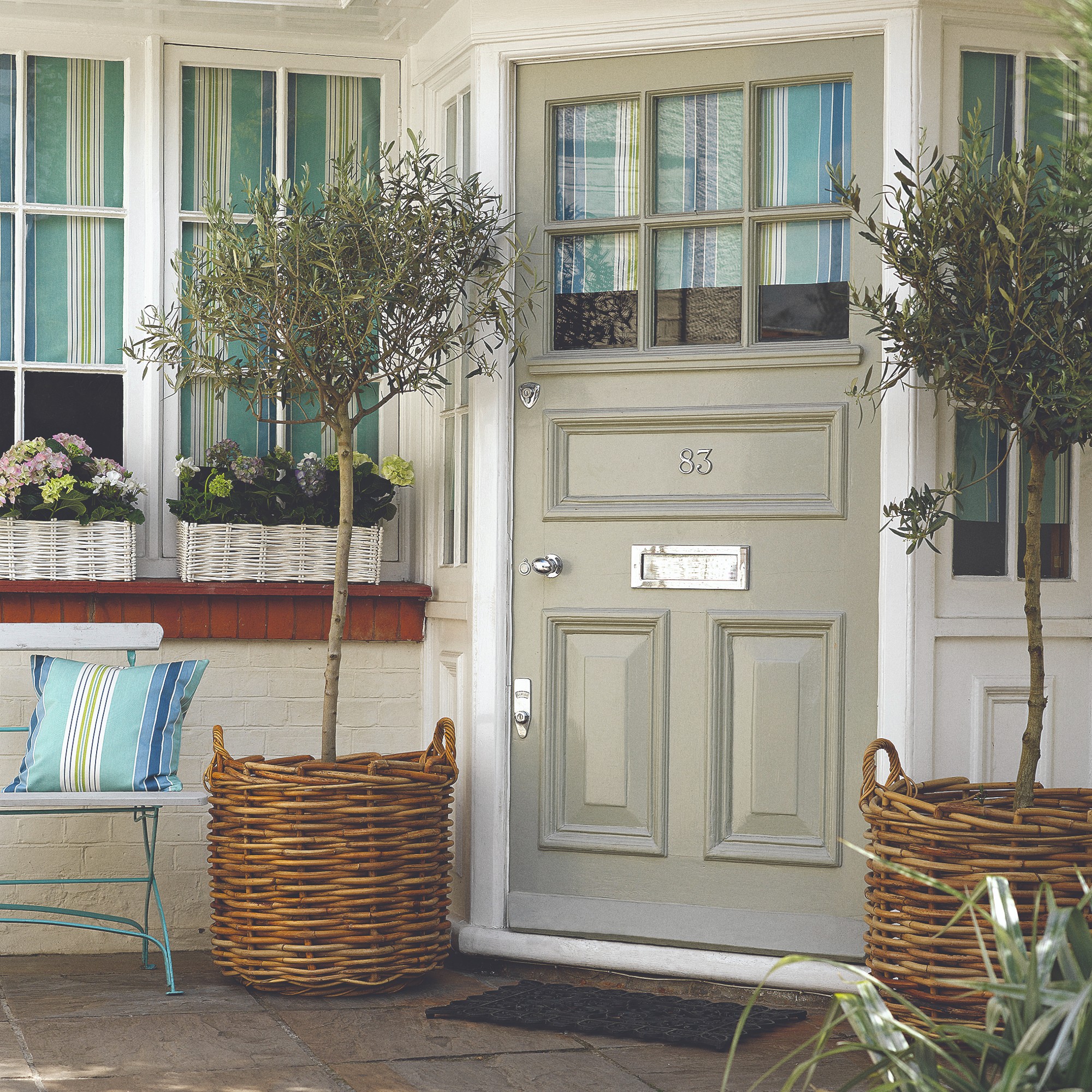 10 of the best plants for a Mediterranean garden for an outdoor space that mirrors the gardens of Italy, Spain, France and Greece
10 of the best plants for a Mediterranean garden for an outdoor space that mirrors the gardens of Italy, Spain, France and GreeceChannel sunnier climes with these plants, shrubs and trees
By Sophie King
-
 Take a tour of this practical, yet brilliantly relaxing family bathroom
Take a tour of this practical, yet brilliantly relaxing family bathroomPractical and relaxing, this family bathroom has it all
By Ali Lovett
-
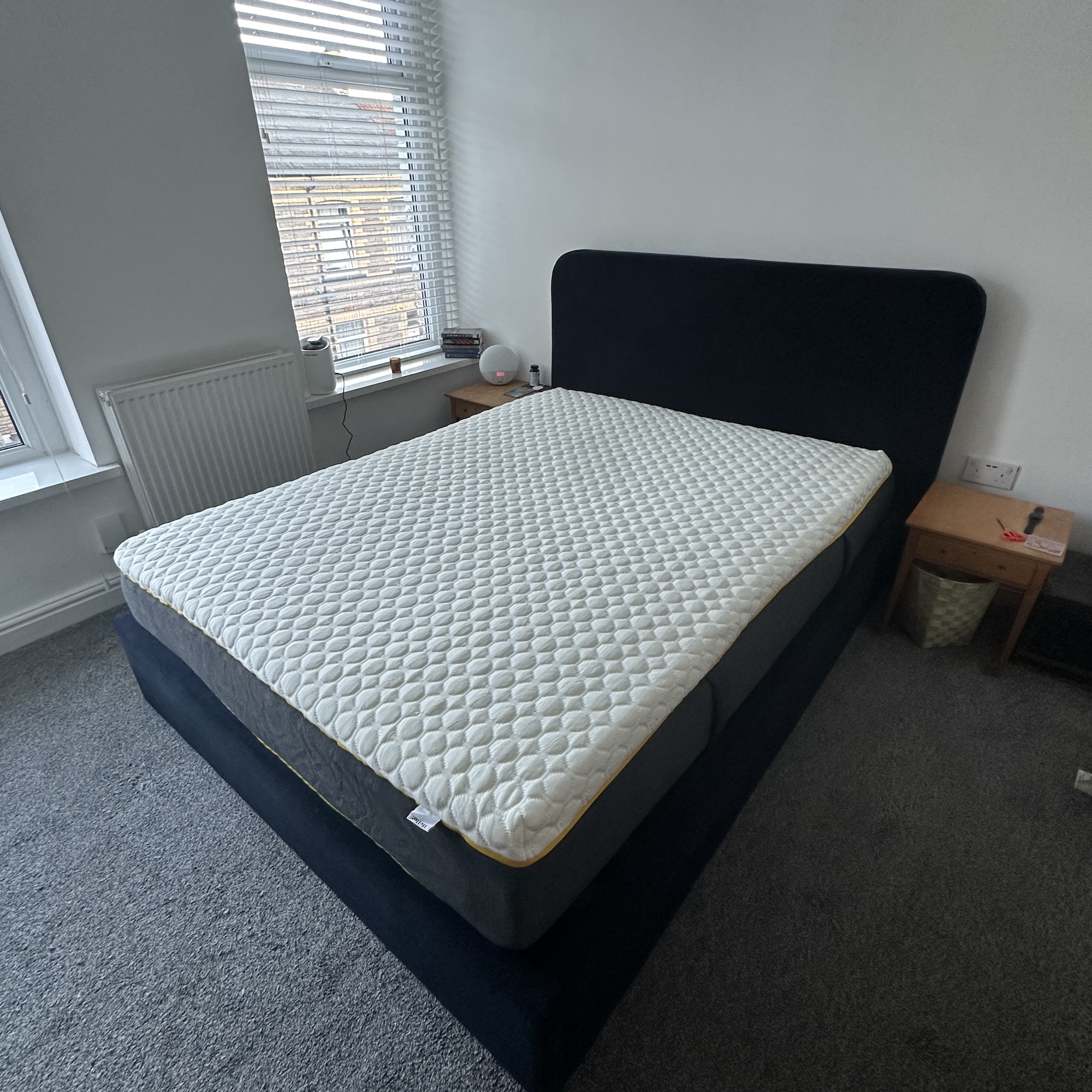 Eve Sleep Wunderflip Premium mattress review - can one mattress really offer the best of both worlds
Eve Sleep Wunderflip Premium mattress review - can one mattress really offer the best of both worldsI put the Eve Sleep Wunderflip Premium mattress to the test to see how medium-firm vs firm worked in one package
By Rachael Penn